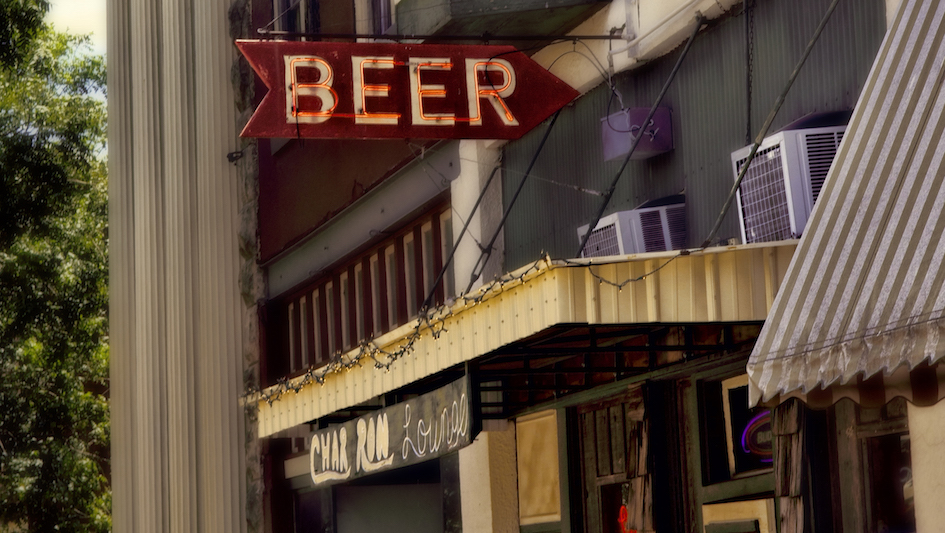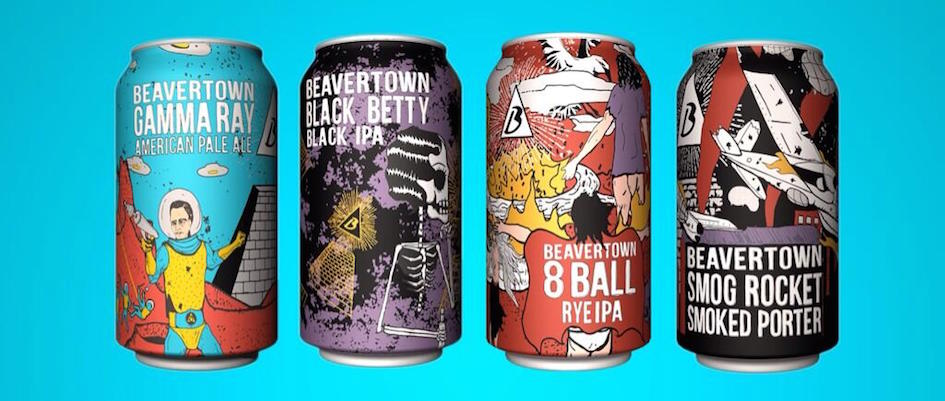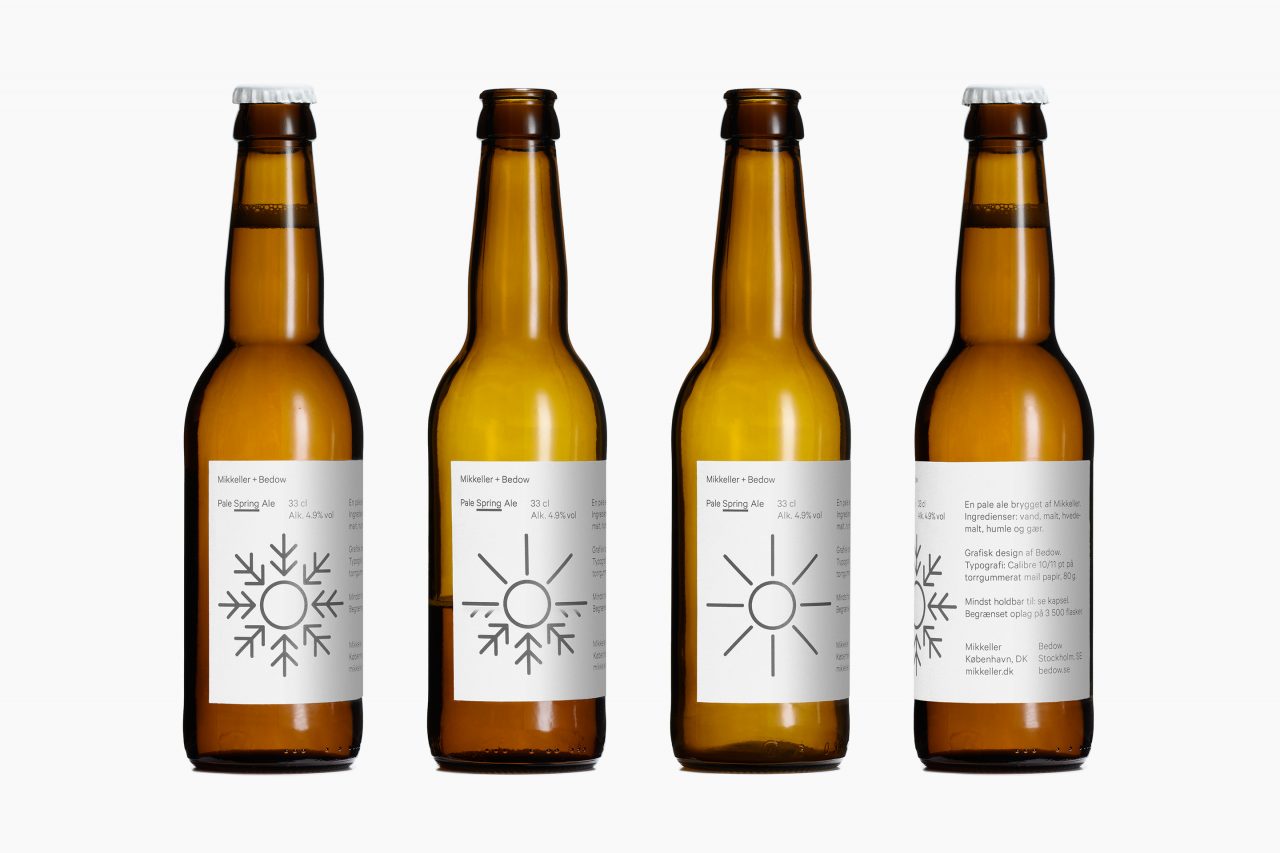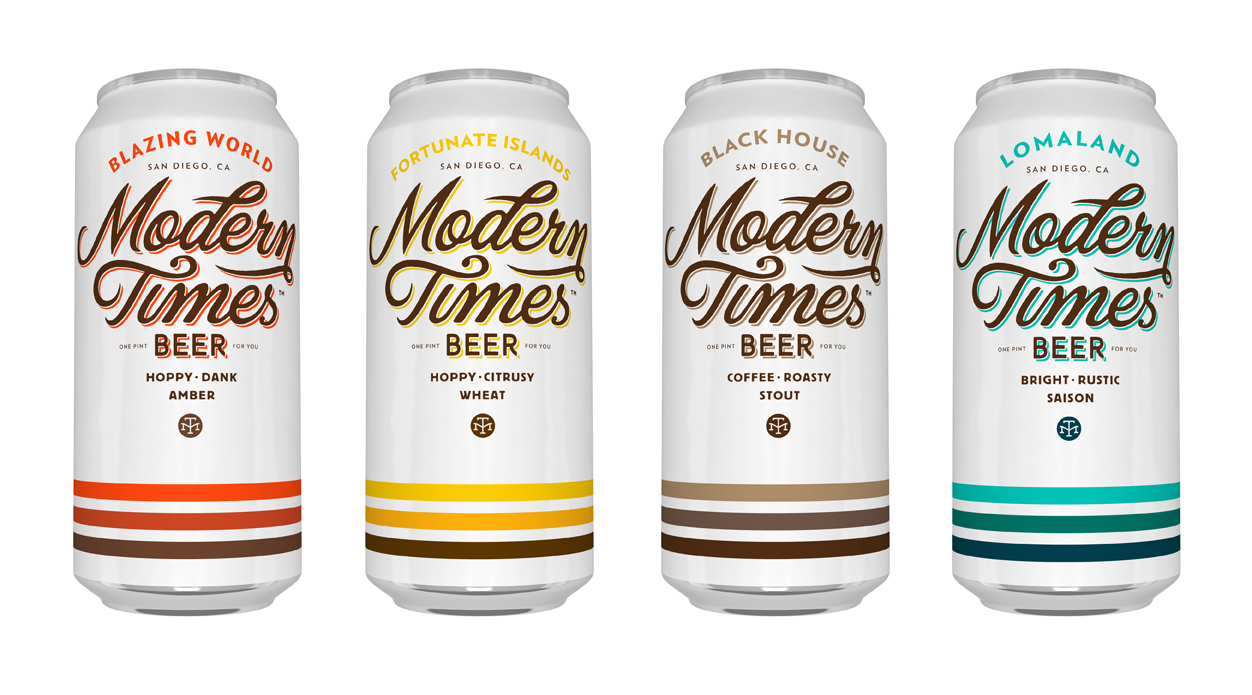
Craft is a modern phenomenon and beer is the most prolific and visible of all the craft categories, but it is now also one of the most saturated markets with the word ‘craft’ becoming a generic – and maybe misused – label. Craft is here to stay but it is the heart and real meaning of craft that we need to rediscover, reinstate, and re-express. And we believe that there is a breakthrough opportunity for mass beer brands to secure a new future for their brand and, most importantly, their true craft.
True craft – the ability to craft properly and demonstrate true craftsmanship – can only really come from knowledge, tradition, and expertise and this is the brand domain of the iconic beer giants, not the new challengers. In what has become this cluttered beer landscape with all kinds of players (both big and small), people are looking for clarity and to once again find the knowledge and a sense of personal connection that once was the original and desirable proposition of the craft sector.
Initially, craft was about the disruption of category by the new challenger beers, an anti-establishment stand against the big brands, but craft is now becoming homogenized and is very much in danger of becoming a cliché as it perpetuates a certain categorical look and feel. The prevalence and mass adoption of irreverence and character – originally brought to the category by the likes of Beavertown – has taken the category beyond discovery. The term craft beer has become associated with hipster culture and this trend-led approach has meant that the true meaning of craft is starting to get lost and, perhaps ironically, become less accessible.
The new opportunity for craft lies in carving out a new space focused on creating a modern heritage and living tradition. This needs to come from a return to the expertise, knowledge, and core values that lie at the heart of our iconic beer brands. These brands need to reimagine and release the richness of their offer and then reinterpret it for a new and discerning audience. It’s not about trying to provide a stamp of authenticity by just adding a ‘craft’ or ‘handmade’ label but about creating new brand and visual expressions to forge a new level of connection. Ultimately, this will offer the essential difference that people are beginning to crave and allow these respected brands to stake a new and credible claim on craft.
We need to properly understand the brand progression of craft from chaos to clarity and our role in shaping it. The dominant brand design themes currently monopolizing the look of the market and giving it a uniformity – focusing on process, heritage, and character – mean that craft beer will lose its credibility if it continues to communicate in this way. Instead, we need to look at the emergent visual and written expressions that are coming through.
SEE ALSO: Brand Beer Gets a Modern and Elegant Look
Brands such as Mikkeller + Bedow and Lomaland Modern Times Beer are responding to this craft confusion by communicating their authenticity through simple, bold, and typographic design styles. It is this stunning simplicity and definitive approach that allows these emerging brands to create and craft an accessible and modern heritage and a definitive brand experience.
But the real difference to the craft sector could – and should – come from our loved and respected beer giants. These iconic brands now need to empower and connect with us by sharing and extending their particular knowledge, innovation and craftsmanship, communicating and defining this through an emergent and unique visual language. We need to see a return in how we ‘do’ craft best and it is the timeless brands, with this at the heart of their core business, that have the power to challenge and successfully create the new future expression and next generation of craft.
Images: Pete Zarria, Beavertown Brewery, Bedow, Modern Times Beer


